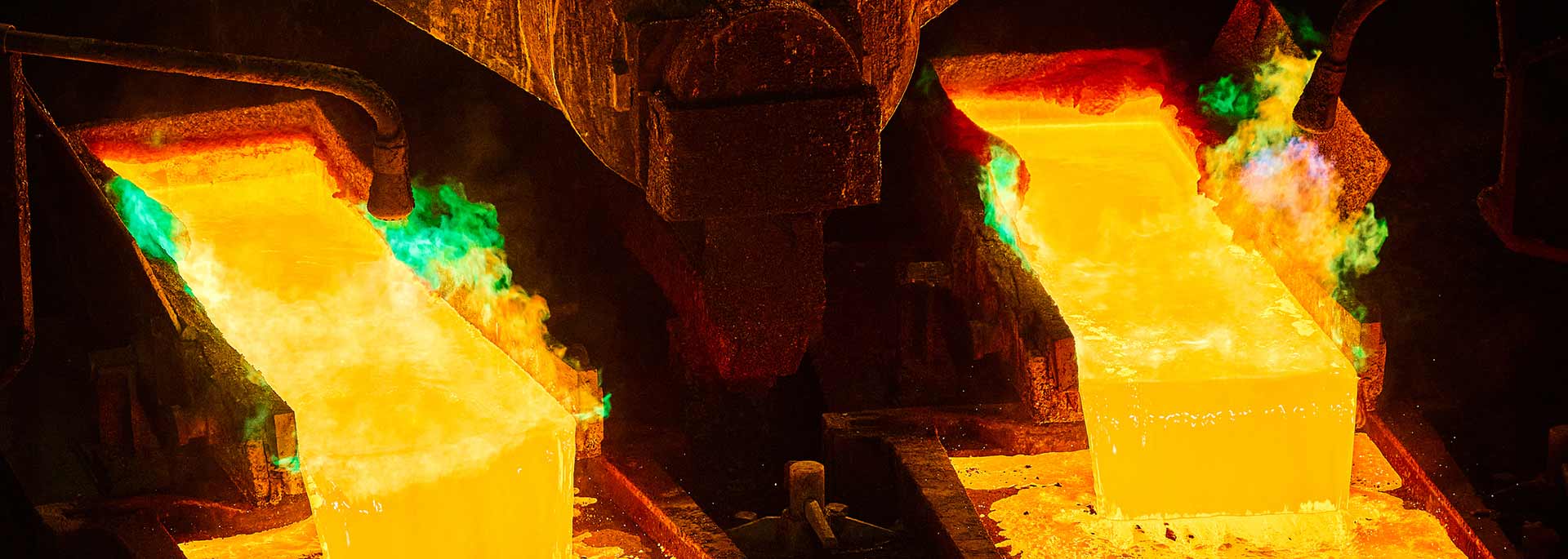
Iron and steel
The iron and steel industry in the United States accounts for 7% of industrial emissions.
In iron and steel, process heating is used for calcining, sintering and agglomeration, heating of metals and non-metals, process gas preheating, reactive thermal processing and smelting of ores. Process temperatures range from 400 degrees Celsius to 1700 degrees Celsius, depending on the specific process step.
The integrated steelmaking process, which employs the blast furnace – basic oxygen furnace steelmaking route, accounts for approximately 30% of steel production in the U.S. This carbon intensive processing route exceeds 1 t of CO2/t of crude steel produced. The electric arc furnace steelmaking process, which accounts for nearly 70% of the U.S. production, emits approximately 75% less carbon emissions than the integrated steelmaking route, but still relies heavily on carbon in the form of coal and natural gas for chemical energy and high efficiency melting.
Today, process heating of raw materials, preheating of steelmaking vessels, and reheating of steel for thermomechanical processing, heat treating and annealing of products relies predominantly on the use of natural gas, process gas, or syngas combustion. The goal of EPIXC is to identify and develop alternatives to these carbon intensive processes with electrified heating technologies that are competitive with today’s combustion heating technologies.